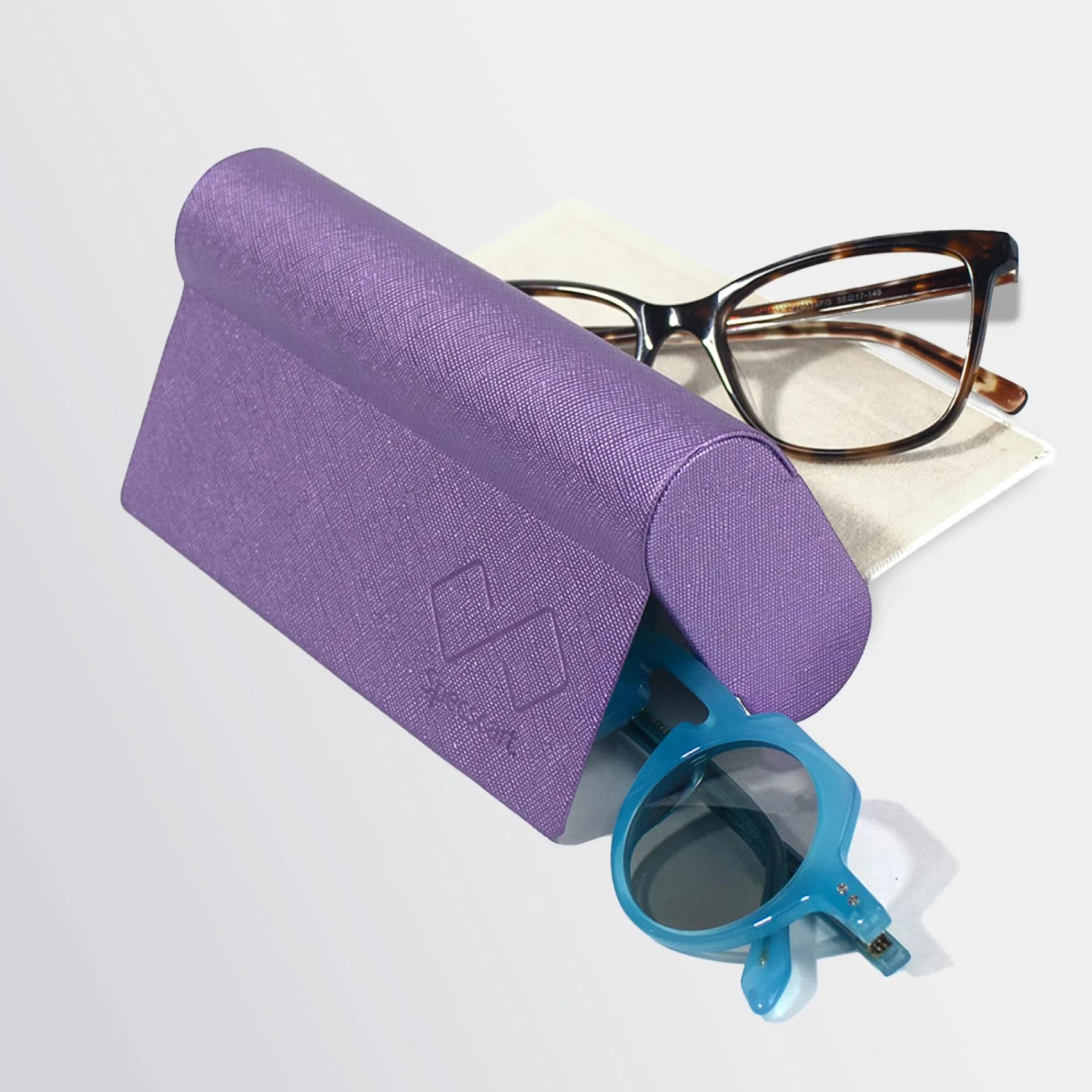Cat-eyes are one of the most loved and feminine things to have. We often use makeup or buy eyeglasses that make our eyes look like a cat's. A wing eyeliner or cat-eye style glasses is what we all like to add to our styling to get that fierce and cunning vibe. But, have you ever come across this term- cat-eye syndrome? Yes, you read that right, some people have a cat’s eye for real (and that’s not because of makeup).
No matter how good it sounds that someone actually has cat’s eyes, it is quite concerning to have. Other than the eyes, this condition has an effect on various other organs as well. It happens due to a genetic disorder in infants that leads to some serious medical concerns. In this guide, we will discuss this condition in detail so that you are aware of when to seek medical attention.
What is Cat-eye Syndrome?
Cat-eye syndrome (CES), also called Schmid-Fraccaro syndrome, is a rare condition that’s evident at the time of birth. This genetic disorder gets its name from the appearance of the cat's eyes in people. People with the cat-eye syndrome have a genetic defect called coloboma, which leads to a cleft or gap in the iris below the pupil or elongated pupils that resemble a cat's eye. Not only your eyes but also the deformity can be reflected in other parts of your body, such as your ears, heart, skin, and more.
Causes of the Cat-eye Syndrome

According to the National Organisation for Rare Disorders of the US, the exact reason why a person develops this condition is not known. Experts believe that this problem has something to do with the abnormalities in a person’s chromosomes. Chromosomes are thread-like structures that are made up of genetic material. When a part of one chromosome breaks off and attaches to another chromosome, it takes away the genetic information as well. This is called translocation. If this trade is balanced, meaning that an even small amount of genetic material is exchanged, it is generally harmless to the person.
Although it’s rare, those with balanced translocations have a slight risk of passing the chromosome abnormality to their children. But, there are also some inherited cases of CES, implying that this condition could be passed on from parents to their newborn babies.
Symptoms of Cat-eye Syndrome
Symptoms of the cat–eye syndrome vary from person to person. Famous Seattle model Caitin Stickles also has cat-eye syndrome due to a chromosomal abnormality, as you can see in the picture above.
This condition usually affects the following parts of your body:
- Eyes
- Ears
- Heart
- Kidneys
- Reproductive organs
Where some people only develop a few minor symptoms, some have symptoms that are so mild that it becomes almost impossible to diagnose the condition. However, it is found that people with CES have these three symptoms in common:
- Preauricular tags or the growth of extra skin on the external ears
- Tiny holes on the outer part of the ear
- Absence of the anal atresia
As per the National Organisation for Rare Disorders (NORD), 41% of patients with CES have this triad of symptoms. Other signs of this problem also include:
- Absence of the iris coloboma (the coloured tissue of the eye)
- Congenital heart defects
- Downward openings or the corners of the eyes
- Defect in the urinary tract
- Delay in eye development
- Wide space between the eyes
- Misalignment of the eyes
- Ears having an abnormal shape
- Short stature
- Skeletal abnormalities
- Cleft lip/palate
Children with CES often experience learning and developmental delays, problems with speech and behaviour issues. They may also have short stature with less than average height.
Diagnosis of the Cat-eye Syndrome

People with CES are born with it. Thus, a doctor can detect CES even before the baby is born with the help of an ultrasound test. It uses sound waves to get an image of the fetus, and any abnormality, such as CES, could be reflected in this test.
If your doctor detects characteristics of CES, they may take a follow-up test such as amniocentesis, which involves taking a sample of the amniotic fluid. There are several genetic testing methods to detect the presence of CES, such as:
- Karyotyping: It shows an image of the patient’s chromosomes.
- Fluorescence in situ hybridisation (FISH): It involves marking of the chromosomes with a fluorescent dye so the doctor can locate a specific DNA material in the chromosome.
Once it’s confirmed that you have CES, your doctor will run other tests to detect any abnormalities in the kidney or heart. These tests may involve:
- Eye examination
- Hearing tests
- Imaging tests
- X-rays
- Electrocardiography
- Echocardiography
- Cognitive function test
Treatment for Cat-eye Syndrome

The treatment for CES depends on the symptoms you or your child has. But it’s also important to know that CES cannot be reversed as it’s caused due to a permanent change in a person’s chromosomes. However, the symptoms can be treated.
Because the symptoms of CES show up on different parts of the body, the treatment will involve a set of medical experts, which will include:
- Surgeons
- Eye specialists
- Paediatrician
- Heart specialists
- Gastrointestinal specialists
- Orthopedists
Cat-eye syndrome affects different people in different ways. The ideal treatment will be based on the severity of your symptoms.
Concluding Thought
If you get an iris coloboma (defect or hole of the iris), then you might develop vision problems. Thus, you need to take regular eye exams as you’re at a higher risk of acquiring refractive errors, which make your vision blurry. Therefore, make sure to get your eyes checked regularly. You can book a free eye test with Specscart. Also, an eye exam will help the doctor to check the inside of the eye and make sure that everything is going well there. It avoids the risk of future vision problems and prevents your eyesight from degrading further.
Unlock a £10 gift voucher instantly when you follow us. Just hit us up over DM and we will reply back with an exclusive code.
Caution: You may become style obsessed
Your way finder
1000+ Trendy Styles

Fashion Forward Sunnies





















































